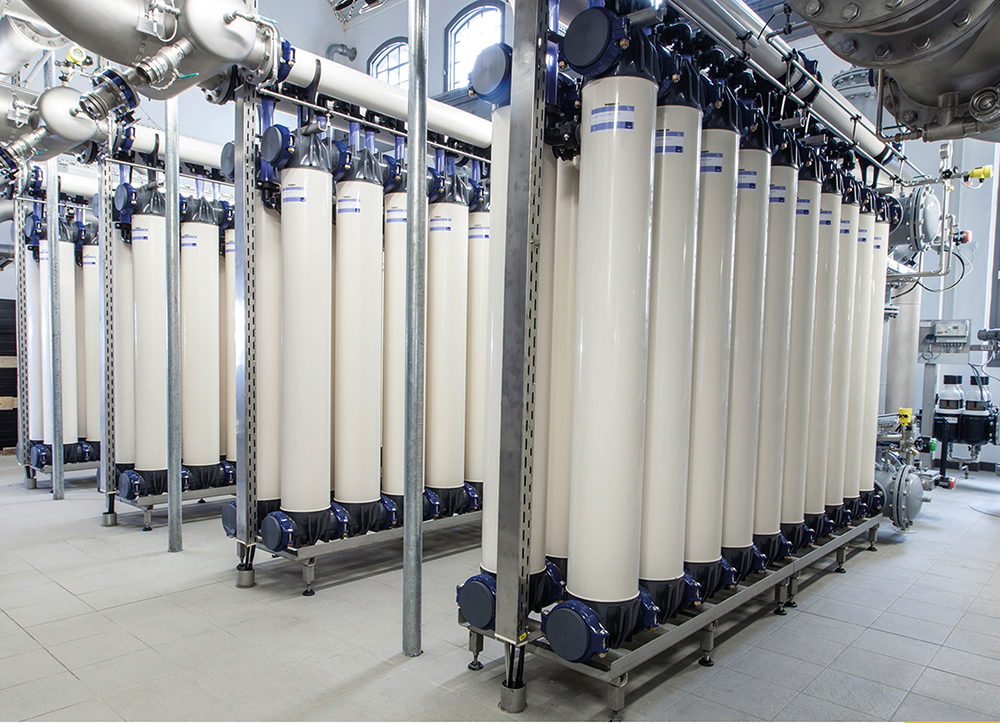Position paper: Membranes for separation technology – application potential for Germany
The separation of substance mixtures is a basic technical and biological operation. Nature uses a variety of membranes for substance separation, such as vessel walls, cell walls or membrane proteins. In industrial and technical applications, however, conventional separation processes still dominate: distillation/rectification, extraction, crystallization or adsorption/absorption. Compared to these processes, membrane separation requires only a fraction of the energy. With the material properties adapted to the separation task in each case, membranes are an ideal solution for many applications. It is worth investing in membrane development. This is what DGMT Deutsche Gesellschaft für Membrantechnik e.V., VDI Verein Deutscher Ingenieure e.V. and the ProcessNet specialist group Membrane Technology of DECHEMA Gesellschaft für Chemische Technik und Biotechnologie e.V., advocate in their current position paper. The results of the investigations of the German Ceramic Society (DKG) and the German Society for Materials Science (DGM) have also been included here.

The ongoing global challenges of climate change, raw material scarcity, energy supply, nutrition and healthcare cannot be met without efficient separation technology. Membranes have by far the greatest potential in this regard. Gas-separating membranes and smart, programmable, self-regulating membranes are still in their infancy. New additive manufacturing processes as well as new atomic-level coating and functionalization processes will further increase integration density and thus separation performance. To this end, functions of membranes in living nature will also be better understood and adapted.
Wide range of applications for membrane technology
The largest field of application today is wastewater treatment and drinking water purification. In chemical process engineering, complex thermal separations are increasingly being replaced by membranes. In food technology, membranes are used as a gentle process for sterilization and clear filtration. Within biotechnology, membranes are widely used for the purification of biologicals, for example viruses/vaccines, monoclonal antibodies, recombinant proteins and nucleic acids. In modern medicine, membrane modules often take over central functions of organs, e.g. excretory functions of kidney and liver or gas exchange taking place in the lungs. In fuel cells, batteries and electrolyzers, membranes separate the cathode and anode compartments. In a changing energy mix shifting toward the use of renewable energy sources, membranes play an important role in biogas purification, hydrogen storage (“power-to-gas”), synthetic fuel production (“power-to-chemicals”) and closing carbon dioxide cycles. The treatment of mining wastewater serves to reduce environmental impact, meet environmental regulations and, increasingly, recover valuable materials.
It is worth investing in membrane development, the authors conclude. New membrane materials, efficient transport and separation principles, self-cleaning and -regenerating membranes, fluid-dynamically optimized membrane modules, self-regulating membrane processes, new membrane manufacturing processes, the combination of membrane separation and other separation processes, and membrane reactors are discussed in this position paper. In addition, membranes can be broadly effective as a "materials hub" in materials research.